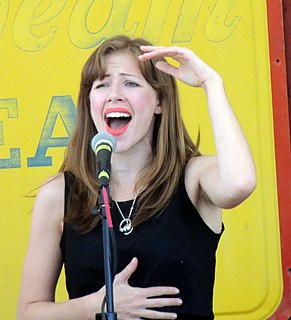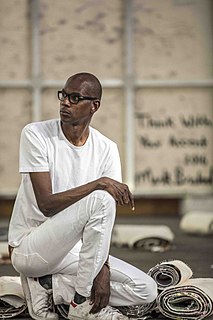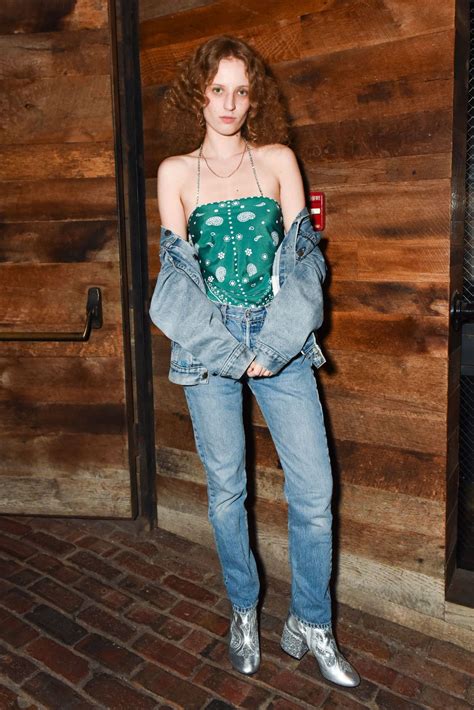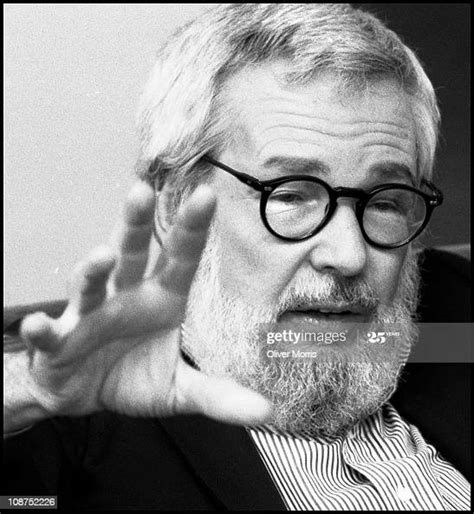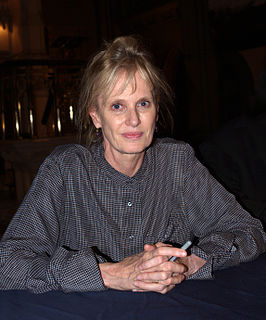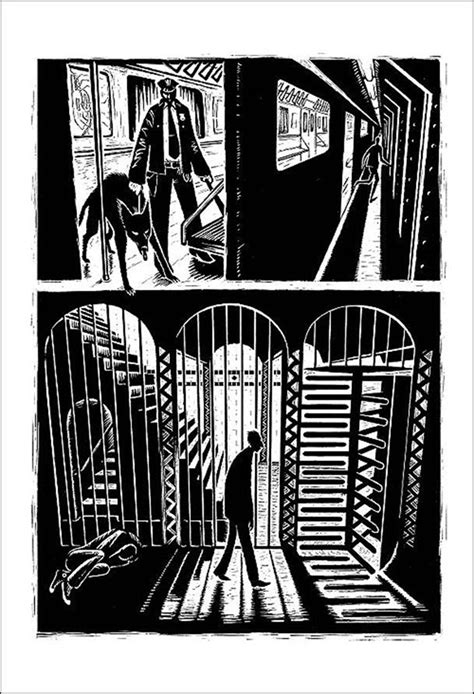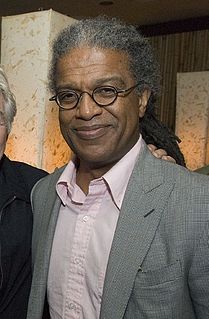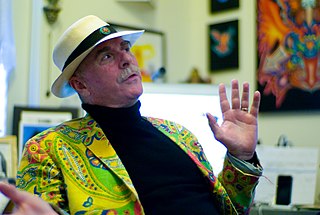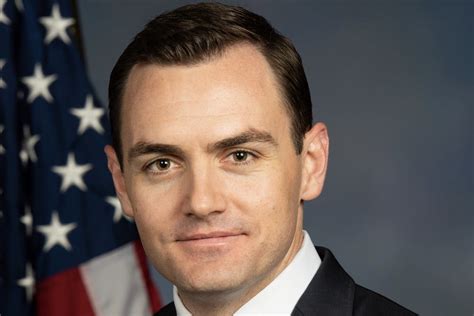A Quote by Jerry Saltz
Galleries began growing in both number and size in the late seventies, when artists who worked in lofts wanted to exhibit their work in spaces similar to the ones the art was made in.
Related Quotes
Now there is a big turnover in the galleries. The top galleries are getting better all the time. A lot of galleries just struggle along, then a new one comes along. There are certainly a great number of galleries. I think this argues well for the art but there are, of course, a lot of "phonies" in all the arts.
There was a kind of cultural life in New York that wasn't as solidified as it is now, it wasn't as money-driven. If you look at the size of the successful art galleries compared to the size of galleries now - there was no such thing as the Gagosian Gallery or Pace Gallery. But it was a time when magazines were a vital part of American life, and Esquire gave me a free pass to every world - I could get to the art world, the theater world, the movie world. It allowed you to roam through the cultural life of New York City.
Basically I made her [ Sara Pocock] listen to funk music for a good month, a nonstop stream of George Clinton. I was talking about the art from...if you look at the art from George Clinton albums there are two or three artists he worked with...I made her listen to my album too so all the images are from jokes I made. I wanted it to look like the thoughts that are coming out of my brain which is what comedy is anyway.
The late Seventies was the death of the manufacturing age in the United States. It was also a time when the Pictures Generation artists were getting started. They co-opted the language of advertising. The factory disappeared, and weirdly, so did the art object - it was the age of making gestures, not objects.
Rumors sound of galleries asking artists for up-sized art and more of it... Everything winds up set to maximum in order to feed the beast. Bigness is not all bad. There's something pleasing about large, well-lit spaces. But the bigness has also led to a narrowing of sensibilities, by making it very hard for any but the glitziest works to get traction.
I like what I see now in China, but I think the Japanese are a step ahead into craziness and weirdness. I go to galleries there that are the size of a New York elevator, and every time I'm surprised by the amazing things I find. I really hope I'll be able to promote some of these artists, to show their work in the West.
Warhol and other Pop artists had brought the art religion of art for art's sake to an end. If art was only business, then rock expressed that transcendental, religious yearning for communal, nonmarket esthetic feeling that official art denied. For a time during the seventies, rock culture became the religion of the avant-garde art world.



